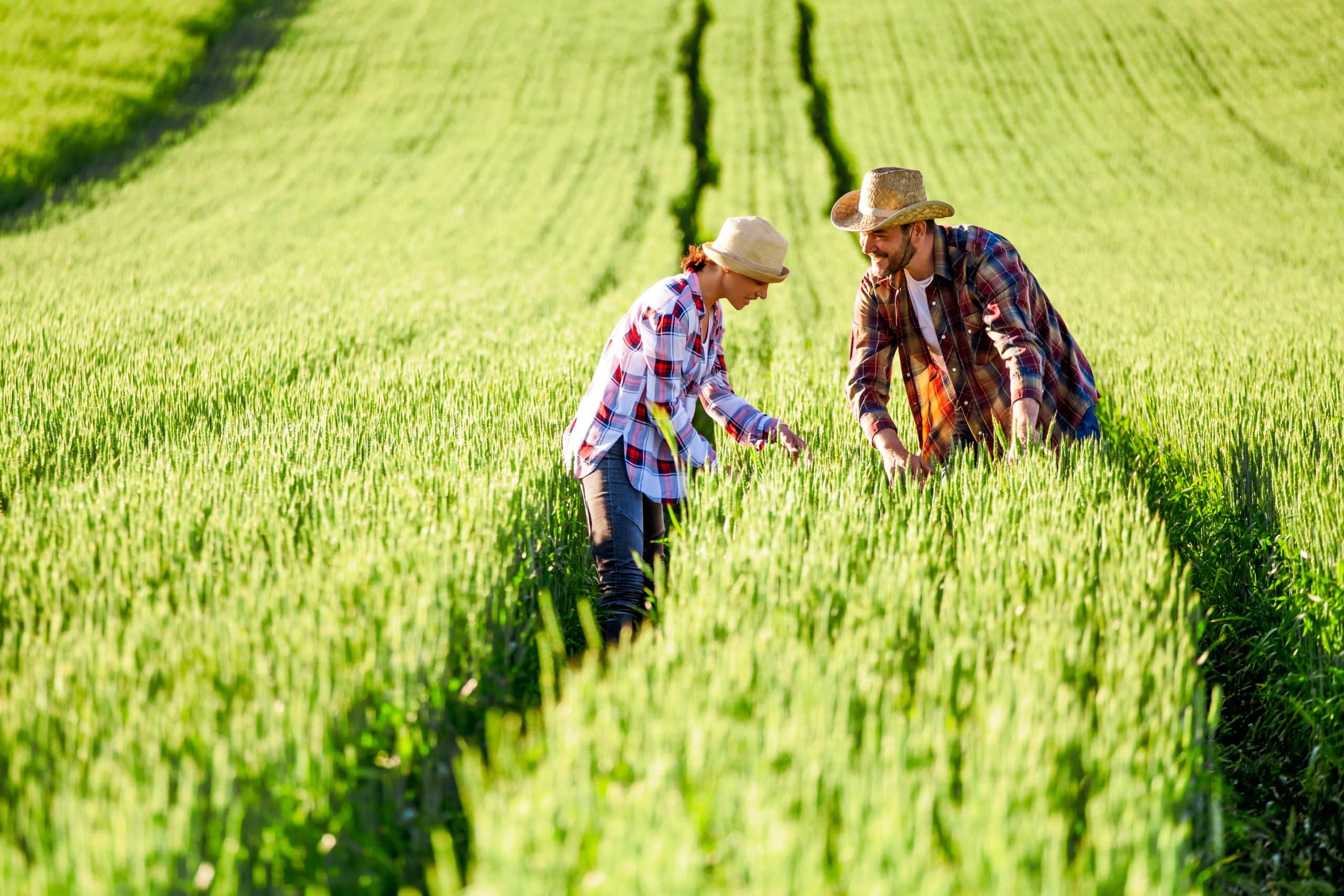Can Introducing Indoor Vertical Farming in Schools Improve Children’s Nutritional Knowledge and Eating Habits?

The Current State of Children’s Nutrition Knowledge and Eating Habits
As we delve into the current state of children’s nutritional knowledge and eating habits, it becomes clear that there is a significant gap in understanding. Despite the efforts of educators and health advocates, many children remain ignorant about the importance of nutrition, leading to unhealthy eating habits.
The average child’s diet is heavily influenced by convenience foods and marketing, leading to a high intake of processed foods, sugars, and saturated fats. Consequently, obesity rates among children have been steadily rising, leading to a myriad of health issues.
Lire également : What Are the Health Implications of Long-Term Exposure to Low-Level Environmental Radioactivity?
The reality is that, in many homes, the basics of healthy eating are not discussed or practiced. This means that children are often not exposed to vital information about balanced diets and the nutritional value of different foods.
Given this context, it is pertinent to explore innovative methods to educate children about nutrition. One such method is the introduction of indoor vertical farming in schools. This approach not only provides a hands-on learning experience but also promotes a direct connection with the food that children consume.
A découvrir également : Can Guided Imagery Techniques Enhance Athletic Performance and Recovery?
Introducing Indoor Vertical Farming in Schools
Indoor vertical farming is an innovative method of food production that involves growing crops in vertically stacked layers within a controlled environment. This system has gained popularity due to its efficient use of space and resources, making it a viable option for urban areas with limited space.
Incorporating indoor vertical farming into the school curriculum offers a holistic approach to health education. By engaging in the process of food production, children can learn about the importance of nutrition, the role different foods play in their diet, and the environmental impact of food production.
Indoor vertical farming can be integrated into various subjects, such as science, math, and social studies. For instance, through this hands-on approach, children can learn about plant biology in science, calculate crop yield in math, or discuss the socio-economic aspects of food production in social studies.
Enhancing Children’s Nutritional Knowledge
By participating in indoor vertical farming, children can gain a deeper understanding of where their food comes from and the work that goes into producing it. They can be taught about various types of crops, the nutrients they provide, and their role in a balanced diet.
With this knowledge, children can make more informed decisions about their food choices. They can understand why certain foods are healthier than others and why it’s important to eat a variety of foods.
Moreover, the hands-on experience of growing their own food can also instill a sense of ownership and responsibility. They can learn about the time and effort required to grow food, which can lead to a greater appreciation for it.
Improving Children’s Eating Habits
Beyond the theoretical knowledge gained, indoor vertical farming can also influence children’s eating habits. Research shows that children are more likely to eat fruits and vegetables that they have grown themselves. This is likely due to the sense of pride and accomplishment they feel in seeing their efforts come to fruition.
Thus, schools that incorporate indoor vertical farming can provide their students with fresh, organically grown produce. This can significantly increase the intake of fruits and vegetables among students, leading to healthier eating habits.
In addition, this method of farming can expose students to a wider variety of crops, including those that they might not typically encounter in their everyday diet. This exposure can help expand their palate and encourage them to try new foods.
The Broader Impact of Indoor Vertical Farming in Schools
Aside from the direct impact on children’s nutritional knowledge and eating habits, introducing indoor vertical farming in schools can have a broader societal impact. It can generate awareness about sustainable farming methods and the necessity for their adoption due to their environmental benefits.
Children can learn about the depletion of natural resources, climate change, and how their choices can impact the environment. They will understand the significance of sustainable practices like reduced water use, minimal soil erosion, and decreased carbon footprint associated with indoor vertical farming.
Moreover, these lessons can extend beyond the school environment. Children can share their knowledge with their families, encouraging them to make healthier and more sustainable choices.
In conclusion, introducing indoor vertical farming in schools can serve as a powerful tool in improving children’s nutritional knowledge and eating habits. It provides a hands-on learning experience, connects children with their food sources, and promotes sustainable practices.
The Role of Schools and Educators in Indoor Vertical Farming
Schools and educators play a crucial role in incorporating indoor vertical farming into the curriculum. They can create a conducive environment for learning and ensure that the initiative is given the necessary resources and attention. They can also integrate the practical lessons from the farm into classroom instruction to enhance students’ understanding of the subjects.
Educators can facilitate workshops and training sessions for students, allowing them to get hands-on experience. They can guide students in planting, nurturing, and harvesting crops. The teachers can explain the science behind the growth and development of the plants, the nutritional value of the crops, and the sustainable practices employed.
Additionally, teachers can link the indoor vertical farming activities to the school’s meal program. By using the produce from the farm for school meals, children can see the tangible result of their work and enjoy the fruits of their labor. This can further motivate them and reinforce the lessons learned.
In essence, schools and educators serve as the catalysts in this initiative. They can inspire students and create a ripple effect, extending the impact of indoor vertical farming beyond the school premises and into the wider community.
Conclusion and Future Prospects
Introducing indoor vertical farming in schools presents a promising approach to improving children’s nutritional knowledge and eating habits. It paves the way for a more practical, engaging, and holistic method of teaching nutrition education.
By actively participating in the process of food production, children learn about the importance of nutrition and the impact of their food choices on their health and the environment. They gain a deeper respect for the food they consume and are more likely to develop healthier eating habits.
Moreover, indoor vertical farming in schools can contribute to building a more sustainable future. It raises awareness about the impacts of conventional farming methods and highlights the benefits of sustainable practices. It can inspire a new generation of conscious consumers and possibly even future farmers.
Importantly, the success of this initiative depends significantly on the commitment of schools and educators. It requires ongoing effort, resources, and creativity to integrate indoor vertical farming into the curriculum and make it a meaningful experience for students.
In the future, we can perhaps envision a scenario where indoor vertical farming becomes a standard feature in schools. It could serve not only as an educational tool but also as a source of fresh, healthy food for students. It could transform the way we approach nutrition education and play a critical role in promoting healthier, more sustainable lifestyles.
